The Confederacy’s Most Modern General: James Longstreet and the American Civil War Hardcover – October 19, 2021 by Harold M. Knudsen LTC (Ret.)
HARDCOVER
[312 pages]
PUB: October 19, 2021
Description
The Civil War is often called the first “modern war.” Sandwiched between the Napoleonic Wars and World War I, the Civil War spawned a host of “firsts” and is often looked upon as a precursor to the larger and more deadly 20th century conflicts. Confederate General James Longstreet made some of the most profound modern contributions to the art of war. Retired Lieutenant Colonel Harold M. Knudsen explains what he did and how he did it in The Confederacy’s Most Modern General: James Longstreet and the American Civil War.
Initially, commanders on both sides extensively utilized Napoleonic tactics that were obsolete because of the advent of the rifled musket and better artillery. Some professional army officers, like Union Generals U. S. Grant and William T. Sherman, worked to improve tactics, operations, and strategies. On the Confederate side, a careful comparison of Longstreet’s body of work in the field to modern military doctrine reveals several large-scale innovations. He understood early that the tactical defense was generally dominant over the offense, which was something few grasped in 1862. His thinking demonstrated a clear evolution beginning on the field at First Manassas in July 1861. It developed through the bloody fighting of 1862, and culminated in the brilliant defensive victory at Fredericksburg that December. The lethality with which his riflemen mowed down repeated Union assaults hinted at what was to come in World War I. Longstreet’s ability to launch and control powerful offensives was on display at Second Manassas in August 1862, and his offensive plan at Chickamauga in Georgia the following September was similar, if not the forerunner to, World War II tactical-level German armored tactics. Other areas show progressive applications with artillery, staff work, force projection, and operational-level thinking.
LTC Knudsen’s thoughtful study ties comparatives from the Napoleonic era through World War II and beyond back to the Civil War, and in doing so, demonstrates that Longstreet evolved his thinking across several battles, and how his innovations appeared in future wars. Longstreet was not the sole agent of all modern change away from the Napoleonic method, but his contributions were very significant, executed on a large scale, and demonstrated that he was a modern thinker unparalleled in the Confederate Army.
Unfortunately, many Civil War students have a one-sided view of Longstreet. His legacy fell victim to bitter postwar Southern politics when “Old Pete” supported Reconstruction bills, accepted postings with the Grant Administration, and dared to criticize General Robert E. Lee. His military record was attacked by Lost Cause proponents who viewed his politics and actions as scandalous. More modern writers have taken up the cudgel with their pens, skewing the general’s legacy.
The Confederacy’s Most Modern General draws heavily on 20th Century Army doctrine, field training, staff planning, command, and combat experience, and is the first serious treatment of Longstreet’s generalship vis a vis modern warfare. Not everyone will agree with LTC’s Knudsen’s conclusions, but it will now be impossible to write about the general without referencing this important study.
Product details
- Publisher : Savas Beatie (October 19, 2021)
- Language : English
- Hardcover : 312 pages
- ISBN-10 : 1611214750
- ISBN-13 : 978-1611214758
Be the first to review “The Confederacy’s Most Modern General: James Longstreet and the American Civil War Hardcover – October 19, 2021 by Harold M. Knudsen LTC (Ret.)”
You must be <a href="https://webdelico.com/my-account/">logged in</a> to post a review.

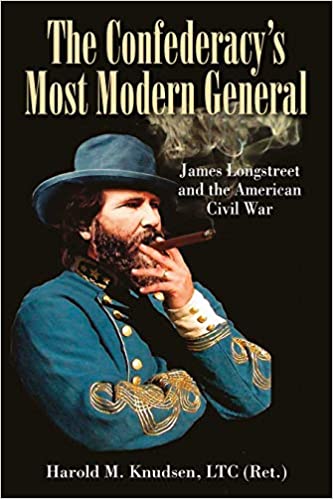


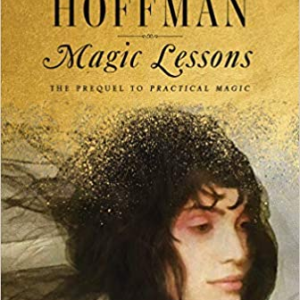


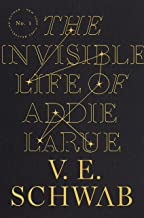


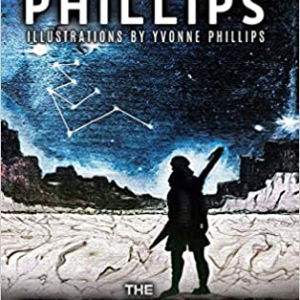
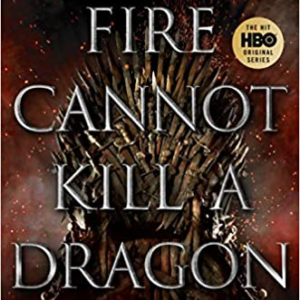
















There are no reviews yet.